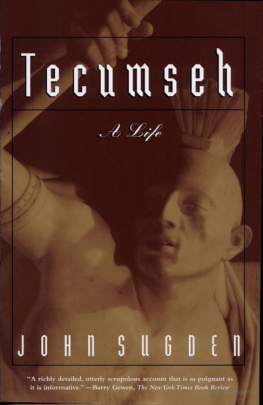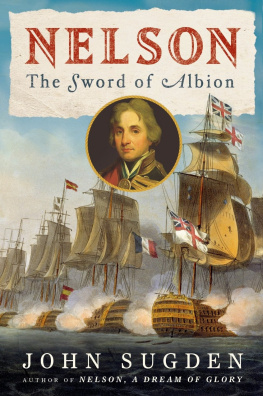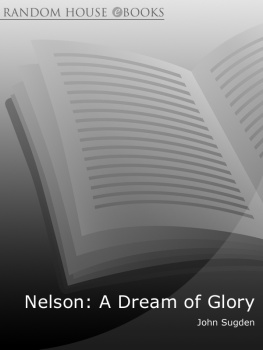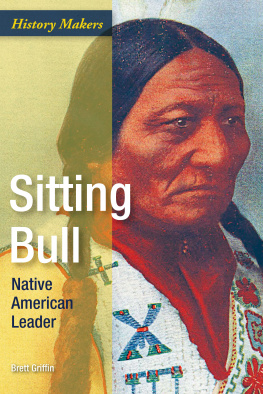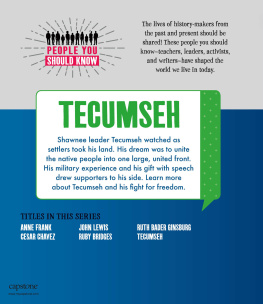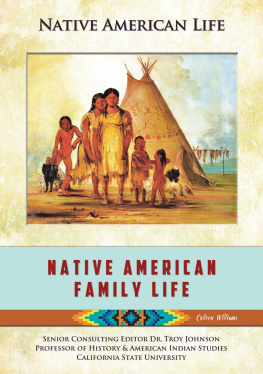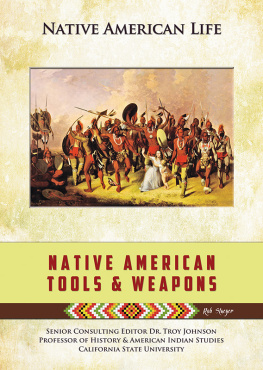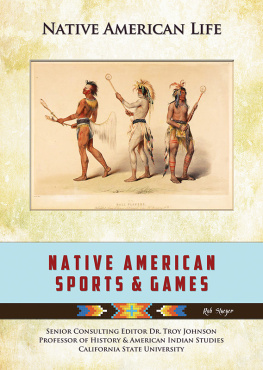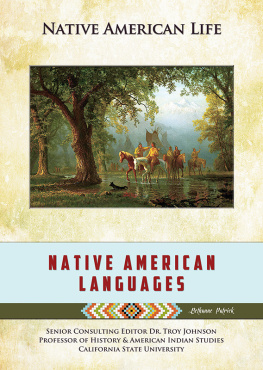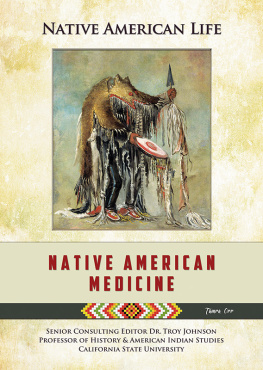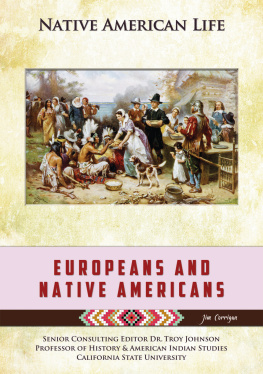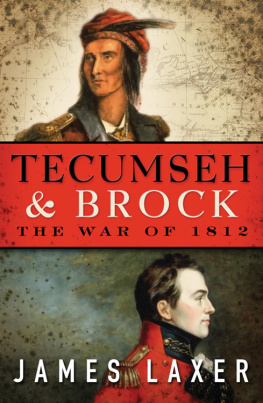John Sugden - Tecumseh
Here you can read online John Sugden - Tecumseh full text of the book (entire story) in english for free. Download pdf and epub, get meaning, cover and reviews about this ebook. publisher: Henry Holt and Co., genre: Politics. Description of the work, (preface) as well as reviews are available. Best literature library LitArk.com created for fans of good reading and offers a wide selection of genres:
Romance novel
Science fiction
Adventure
Detective
Science
History
Home and family
Prose
Art
Politics
Computer
Non-fiction
Religion
Business
Children
Humor
Choose a favorite category and find really read worthwhile books. Enjoy immersion in the world of imagination, feel the emotions of the characters or learn something new for yourself, make an fascinating discovery.
- Book:Tecumseh
- Author:
- Publisher:Henry Holt and Co.
- Genre:
- Rating:3 / 5
- Favourites:Add to favourites
- Your mark:
- 60
- 1
- 2
- 3
- 4
- 5
Tecumseh: summary, description and annotation
We offer to read an annotation, description, summary or preface (depends on what the author of the book "Tecumseh" wrote himself). If you haven't found the necessary information about the book — write in the comments, we will try to find it.
Tecumseh — read online for free the complete book (whole text) full work
Below is the text of the book, divided by pages. System saving the place of the last page read, allows you to conveniently read the book "Tecumseh" online for free, without having to search again every time where you left off. Put a bookmark, and you can go to the page where you finished reading at any time.
Font size:
Interval:
Bookmark:
ACKNOWLEDGMENTS
The biographer of Tecumseh works in a long, if not always distinguished, tradition. The pioneering work, The Life of Tecumseh, and of His Brother the Prophet, was written by Benjamin Drake and published in 1841. Drake, brother of Daniel Drake, the celebrated physician and writer, was a Kentuckian who spent most of his life in Cincinnati as an editor, lawyer, and author. He was an assiduous and honest scholar. Beginning his project in 1821, only eight years after Tecumsehs death, he secured statements from several friends and acquaintances of the chief while they were still in middle age. He approached, among others, Governor Lewis Cass of Michigan Territory, one of Tecumsehs military opponents. Cass admitted that he had contemplated a sketch of Tecumseh himself but abandoned the idea because of a lack of material; he promised to try to interview the Prophet, who was still alive in Canada. A few years later Cass did have the Prophet questioned, but Drake never saw the result. His project had lapsed. It was not until the 1830s that he revived it, gathering fresh information, and laboriously copying the official dispatches of William Henry Harrison.
Drakes premature death in 1841 robbed him of the praise due his Life of Tecumseh, which was written in a modest but concise and clear style. Because of his limited access to archival material, his account was substantially fashioned from eyewitness statements made after Tecumsehs death, and it was sketchy, imprecise, and sometimes inaccurate. Even the best of his informants sometimes confused events or got them out of sequence, and Drake himself missed important clues and accepted some dubious stories at face value. Nevertheless, his effort was a very commendable one, and without the materials he collected it would be impossible to write a respectable biography today.
Drakes work was the basis for several simple biographies that appeared over the next century, and the only major attempt to improve upon it was unfinished and unpublished. It was made by an indefatigable collector of frontier Americana, Lyman Copeland Draper, a New Yorker who worked obsessively on numerous biographies but never completed any of them. In 1864 he purchased Drakes Tecumseh papers, which had gone to auction in St. Louis, and over the years amassed further information, including original documents, cuttings, and statements from anyone he could find who claimed to have had a connection with the famous chief.
On the whole, Drapers witnesses were far inferior to Drakes. Many were so old they could barely remember events more than fifty years before, while most had been only slightly acquainted with Tecumseh. Some merely dispensed hearsay. Tecumseh had become a folk hero, and many legends crept into Drapers files. Although he strove hard to complete his biography in the 1880s, nothing Draper wrote suggests he had the ability to evaluate such treacherous materials, and his failure to produce a book was not, perhaps, in itself, a great loss. Yet we must salute him, and heartily, for his contribution was invaluable. In all, he collected nearly five hundred volumes of papers relating to the old frontier, thirteen of them in the Tecumseh series. By preserving Drakes materials, and adding many important items to them, he left at the State Historical Society of Wisconsin, of which he was secretary, the essential foundation for further study.
Glenn Tucker, whose Tecumseh: Vision of Glory was published in 1956, stands by general consent lowest in esteem of Tecumsehs major biographers. Although colorfully written, in a style that held youths from play and old men from the chimney corner, the book was tediously idolatrous. Tuckers Tecumseh was forever noble and just, invariably the master of every situation, and always right. No such person ever existed. To his credit, during his research Tucker threw a wider net than any of his predecessors, scouring a broad range of printed sources and deploying Drapers manuscripts among a few other archival gleanings. He also benefited from the publication of relevant official documents by William Wood, Ernest A. Cruikshank, and Logan Esarey.
With fifty pages of documentation and bibliography, Tuckers book had a superficial authority, and for several years was widely accepted by a docile public. However, Tecumseh was far too legendary a subject for a writer as gullible as Tucker. Not only was Tucker an eager victim of bogus source materials, but he also appropriated material from avowedly fictitious works and indiscriminately packed his book with apocryphal folk tales. Justly did the historian Reginald Horsman refer to the biography as a mixture of fact and historical legend.
It was Horsman who marked the beginning of serious modern scholarship on Tecumseh. On the one hand, his solidly researched studies of the War of 1812 period were the first to systematically exploit the official archives of Canada and Britain; on the other, along with the Canadian writer Carl F. Klinck, he drew attention to the unusually difficult primary sources relating to Tecumseh and called for a critical review.
Stimulated by Horsman, Herbert C. W. Goltz devoted two dissertations, Tecumseh: The Man and the Myth (1966) and Tecumseh, The Prophet, and the Rise of the Northwest Indian Confederacy (1973) to the subject; they were based heavily upon the Draper manuscripts and material in the National Archives of Canada. Because his work was not regularly published, and was directed to a narrow academic audience, it did not receive the recognition it deserved. Goltz made two particularly important contributions. He rigorously expunged the legendary material from the record and emphasized the need for a close adherence to the canons of historical scholarship. And he removed the Prophet from Tecumsehs shadow. Undeniably the less attractive of the two brothers, the Prophet had generally been depicted as the mere tool of Tecumseh. Yet if Tecumseh ultimately controlled the Shawnee reform movement, it was the Prophet who started it, and who was initially the means by which the brothers gained extensive influence.
The most recent scholar to investigate the brothers is R. David Edmunds. His emphasis, too, was upon the Prophet, whom he rehabilitated in his most important book, The Shawnee Prophet, published in 1983. In addition to reasserting the Prophets importance before the War of 1812, Edmunds made the first appraisal of his later years, showing how he struggled to regain influence after Tecumsehs death. Edmunds also dived into an excellent range of manuscript sources, utilizing many hitherto neglected documents in the National Archives of the United States and in the rich holdings of local historical societies.
After years of scholarly neglect, Tecumseh and the Prophet regained currency during the last twenty-five years, and several important histories tackled aspects of their careers. In another doctorate, George C. Chalou waded through files in the American National Archives and elsewhere to produce The Red Pawns Go To War (1971), which put Tecumseh at the center of Indian participation in the War of 1812. I tried to establish the facts about the chiefs controversial final campaign in Tecumsehs Last Stand, published in 1985, and more recently Gregory Evans Dowd and Richard White set both Shawnee brothers into the context of earlier religious and pan-Indian movements.
Attempting a full-dress study of Tecumseh and his times, based in a European country in which few have heard of the chief and most found my academic interest in Indians esoteric, if not downright eccentric, has sometimes resembled scaling K2 without oxygen. Reflecting now upon a long journey, including a dozen overseas research trips, it is pleasing for me to record the names of those who furnished timely assistance along the way.
I am grateful to the Twenty-Seven Foundation and the British Academy, both of London, and the Ford Foundation for sponsoring parts of the project. The latter funded an invaluable year at the DArcy McNickle Center for the History of the American Indian, at the Newberry Library, Chicago, then under the direction of Fred Hoxie. Among many who then generously extended hospitality to an exiled Briton I am particularly indebted to Assistant Director Jay Miller, research fellows Tom Biolsi and Sharon OBrien, and library staff Ruth Hamilton, John Aubrey, Harvey Markowitz, and the late Michael Kaplan. Professor Cecil King of Queens University, Kingston, Canada, and Dr. Catherine Littlejohn were forever willing to help and to contribute information, and have become most treasured friends and traveling companions. Helen Hornbeck Tanner, senior research fellow at the Newberry, freely shared her unrivaled knowledge and enthusiasm for Great Lakes Indian history, and has followed my adventures since, never failing to encourage and help when the going got hard. The debt I owe her is immense.
Next pageFont size:
Interval:
Bookmark:
Similar books «Tecumseh»
Look at similar books to Tecumseh. We have selected literature similar in name and meaning in the hope of providing readers with more options to find new, interesting, not yet read works.
Discussion, reviews of the book Tecumseh and just readers' own opinions. Leave your comments, write what you think about the work, its meaning or the main characters. Specify what exactly you liked and what you didn't like, and why you think so.

